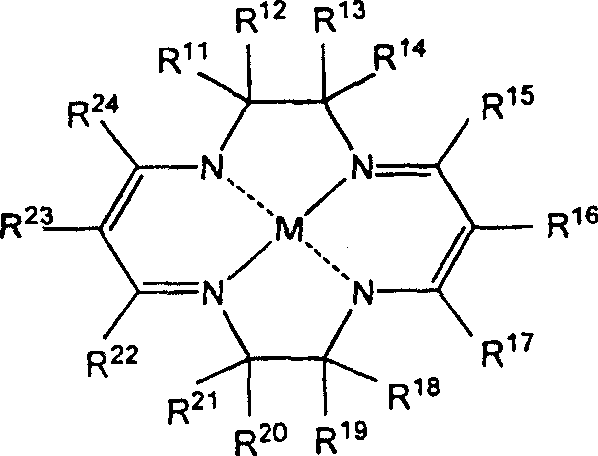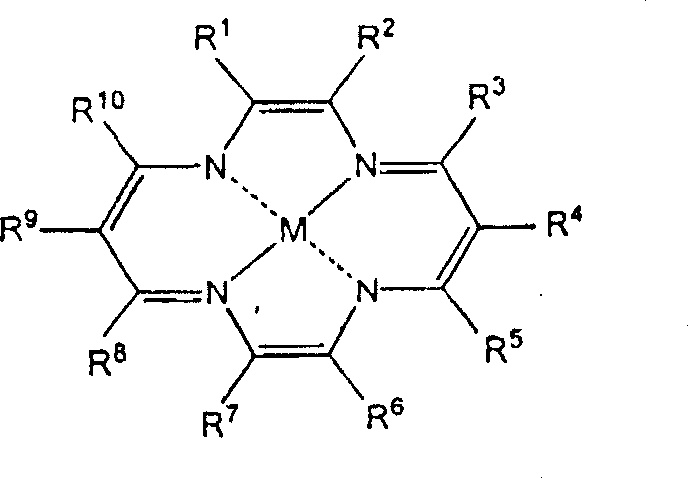Fuel cell and gas diffusion electrode used for fuel cell
A fuel cell and gas diffusion technology, used in battery electrodes, solid electrolyte fuel cells, electrical components, etc., can solve the problems of blocking gas diffusion paths, changing, and not specifying carbon particles or fibers, achieving high output characteristics, improving Effectiveness of utilization rate and reduction of precious metal usage
- Summary
- Abstract
- Description
- Claims
- Application Information
AI Technical Summary
Problems solved by technology
Method used
Image
Examples
Embodiment 1
[0337] In the chloroplatinic acid aqueous solution, respectively disperse carbon black A, B, C, D, E, F as the catalyst carrier carbon material, keep warm at 50°C, add hydrogen peroxide water while stirring, and then add Na 2 S 2 o 4 aqueous solution to obtain a catalyst precursor.
[0338] The catalyst precursor was filtered, washed with water, dried, and then heated in 100% H 2 The reduction treatment was performed at 300° C. for 3 hours in an air current to prepare Pt catalysts 1 to 6 in which 30% by mass of Pt was supported on the catalyst carrier carbon material. In Table 1, the Pt particle diameters of Pt catalysts 1 to 6 are also shown. The Pt particle size of the catalyst is 3-4 nm.
[0339] Put the prepared Pt catalysts 1 to 6 in the container, add 5% Nafion solution (manufactured by Aldrich) so that the mass ratio of the Pt catalyst and Nafion is 1 / 1.4, stir gently, and then ultrasonically pulverize the catalyst while Butyl acetate was added with stirring so tha...
Embodiment 2
[0355] In the aqueous solution of chloroplatinic acid, disperse carbon black D as a catalyst carrier carbon material, keep warm at 50°C, add hydrogen peroxide water while stirring, and then add Na 2 S 2 o 4 aqueous solution to obtain a catalyst precursor.
[0356] The catalyst precursor was filtered, washed with water, dried, and then heated in 100% H 2 A reduction treatment was performed at 300° C. for 3 hours in an air current to prepare a Pt catalyst 7 in which 20% by mass of Pt was supported on the catalyst-carrying carbon material. The Pt particle size of the Pt catalyst 7 is 3 to 4 nm.
[0357] Put the prepared Pt catalyst 7 in the container, add 5% Nafion solution (manufactured by Aldrich) to it so that the mass ratio of Pt catalyst 1 and Nafion is 1 / 1.6, stir gently, and then ultrasonically pulverize the catalyst while stirring Catalyst ink 7 was prepared by adding butyl acetate so that the combined solid content concentration of Pt catalyst 1 and Nafion would be 6...
Embodiment 3
[0369] Disperse carbon black F as a catalyst carrier carbon material in an aqueous solution of chloroplatinic acid, keep warm at 50°C, add hydrogen peroxide water while stirring, and then add Na 2 S 2 o 4 aqueous solution to obtain a catalyst precursor. The catalyst precursor was filtered, washed with water, dried, and then heated in 100% H 2 A reduction treatment was performed at 300° C. for 3 hours in an air current to prepare a Pt catalyst 8 in which 50% by mass of Pt was supported on the catalyst-carrying carbon material. The Pt particle size of the Pt catalyst 8 is 3 to 4 nm.
[0370] Put the prepared Pt catalyst 8 in the container, add 5% Nafion solution (manufactured by Aldrich) to it so that the mass ratio of the Pt catalyst and Nafion is 1 / 2, stir gently, and then ultrasonically pulverize the catalyst while stirring Catalyst ink 8 was prepared by adding butyl acetate so that the combined solid content concentration of the Pt catalyst and Nafion would be 6% by mass...
PUM
| Property | Measurement | Unit |
|---|---|---|
| diameter | aaaaa | aaaaa |
| diameter | aaaaa | aaaaa |
| specific surface area | aaaaa | aaaaa |
Abstract
Description
Claims
Application Information
 Login to View More
Login to View More - R&D
- Intellectual Property
- Life Sciences
- Materials
- Tech Scout
- Unparalleled Data Quality
- Higher Quality Content
- 60% Fewer Hallucinations
Browse by: Latest US Patents, China's latest patents, Technical Efficacy Thesaurus, Application Domain, Technology Topic, Popular Technical Reports.
© 2025 PatSnap. All rights reserved.Legal|Privacy policy|Modern Slavery Act Transparency Statement|Sitemap|About US| Contact US: help@patsnap.com



